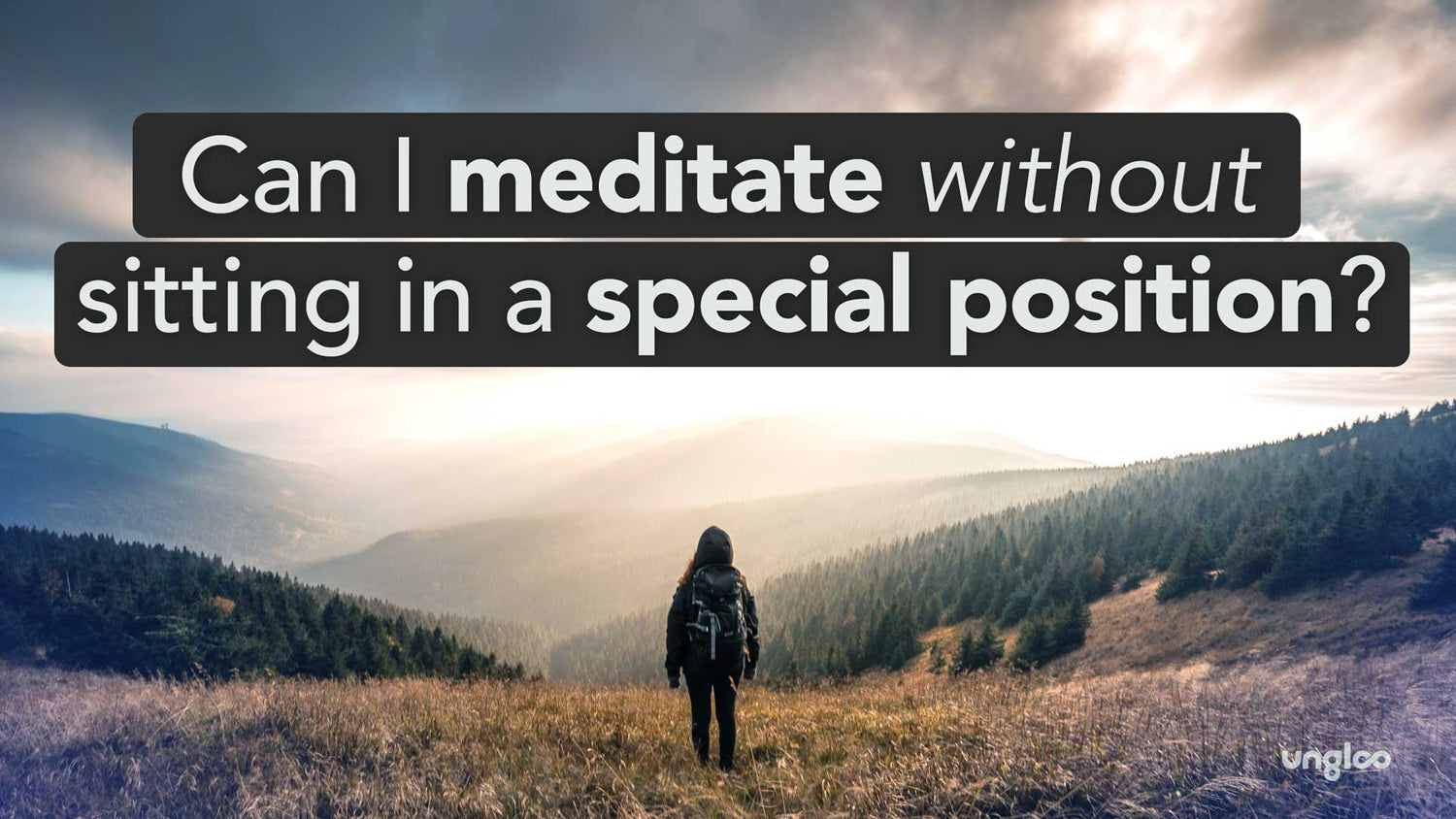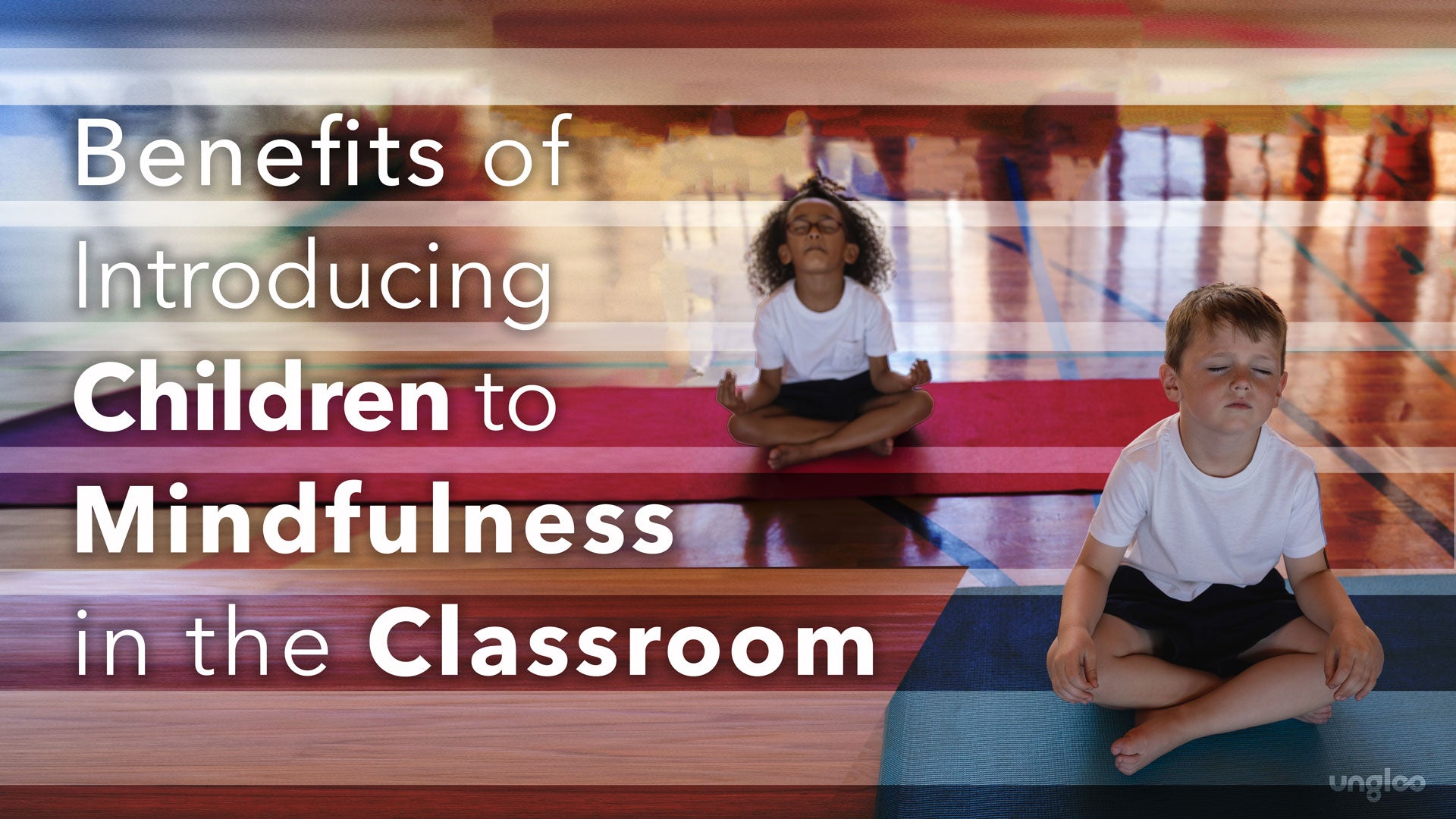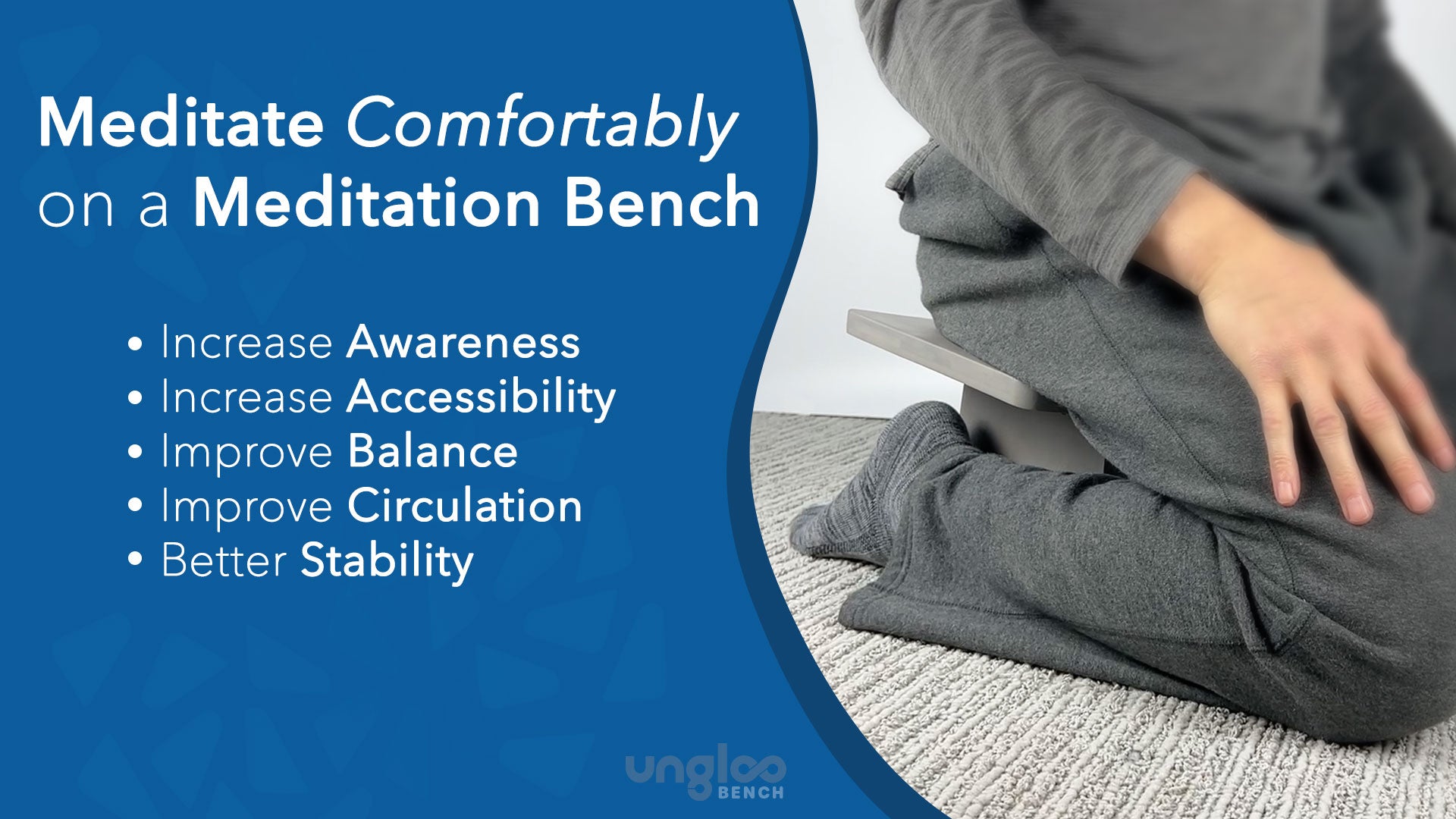The short answer is absolutely! You can meditate without sitting in a specific position. Meditation can be done while sitting, standing, walking, lying down, or in any other position that is comfortable for you.
The idea of sitting “correctly” can be an intimidating barrier to anyone new to meditation. And while successful meditation positions often share qualities like posture, the most important aspect of meditation is to maintain focus. Set your attention on something, such as your breath, a word, or a phrase, and to try to maintain that focus for a period of time. As long as you are able to keep your focus, the position you are in is not as important.
You should never force yourself to sit or stand in a specific position for meditation if it is uncomfortable or painful to you. Meditation is about relaxing, easing stress, and calming your mind, not nursing a crick in your neck! There are a multitude of effective meditation positions for you to try out, and odds are you’ll find quite a few you love and which love you back.
What are the best meditation positions?
There are several popular meditation positions that are commonly used to help promote relaxation, focus, and concentration. Here are a few of the most popular positions:
Sitting
Sitting is the most common meditation position. And there is a great variety of positions to choose from. Remember that comfort is key to strong meditation, and to use meditation tools like cushions and kneeling meditation benches when you need. Sitting on a meditation bench or even just using meditation blocks can help to alleviate discomfort in the limbs and joints that can sometimes occur during prolonged periods of sitting.
Here’s just a sampling of some of the popular sitting meditation positions.
- The traditional cross-legged position: Also known as the "lotus" or "padmasana" position, this position involves sitting with your legs crossed and your feet resting on the opposite thighs. This position can be challenging for some people, especially if they have limited flexibility, but it is one of the most stable positions you’ll find.
- The half-lotus position: This position is similar to the full lotus position, but only one foot is resting on the opposite thigh. This position is less challenging than the full lotus, but it still requires a moderate amount of flexibility.
3.The Burmese position: In this position, both legs are stretched out in front of the body and the feet are touching the ground. This position is easy to do and does not require as much flexibility as the full or half lotus positions, making it a good option for beginners.
- Seiza: This is a Japanese traditional position, and it consists of sitting on the heels with the toes tucked under the body and the back straight. This can be one of the quickest positions to cause discomfort in some people due to the unusual pressure on the legs. A kneeling meditation bench can help you replicate this position while taking the weight off your legs.
- Sitting on a chair or bench: Using a chair with good back support can also be a good position. Sit straight with feet firmly on the ground and you’ll be able to enter just as deep a meditation as if you were sitting on the floor.
And if you’re torn between the comfort of a cushioned bench and the majesty of the outdoors, remember that our Ungloo Box is portable, providing you with a supportive meditation bench on the go!
Lying down
Lying down is another popular meditation position. This position is often used when practicing “body scan” meditations or when trying to relax before going to sleep. It is also a great position for those recovering from injury or who need to be gentle with their backs.
Don’t nod off too soon! It's not always easy to maintain focus and not fall asleep while lying down, especially if you're feeling tired. To avoid sleep during meditation, you might want to use a guided meditation that keeps you engaged and more awake.
Walking
Walking meditation is also a popular meditation position. In this position, you concentrate on the sensation of walking and bring your mind back to that focus whenever your thoughts wander.
Similar to walking meditation is standing meditation, which can also be practiced in a steady and focused manner. This position is great for those who are not able to sit for long periods of time or for those who want to combine physical exercise with meditation.
Chairs
Sitting on a chair, whether a standard chair or a meditation bench, can be a good option for some people. The most important aspect is to sit with good posture: an upright position with the spine straight and arms relaxed.
You may not have any good meditation chairs in your home and that’s all right. Selecting a comfortable and effective bench or cushion is simple. We can walk you through the process of finding the bench or cushion that speaks to you.
Variety is the way!
Everyone is different and what works for one person may not work for another. If you are finding any of these positions uncomfortable, you should adjust your posture or even try a different position. There's no right or wrong way to meditate, the goal is to be comfortable and focused so you can enjoy the benefits of centering yourself.
And there’s no limit to how many positions you can use, either. One day you may be feeling up to a full lotus, and the next you may find yourself preferring to lie down. Experiment with different positions to see what your favorites are. Maybe your guided meditations fit best while you’re sitting and focused, but you prefer to meditate to music while you walk. Make your meditation routine your own.



